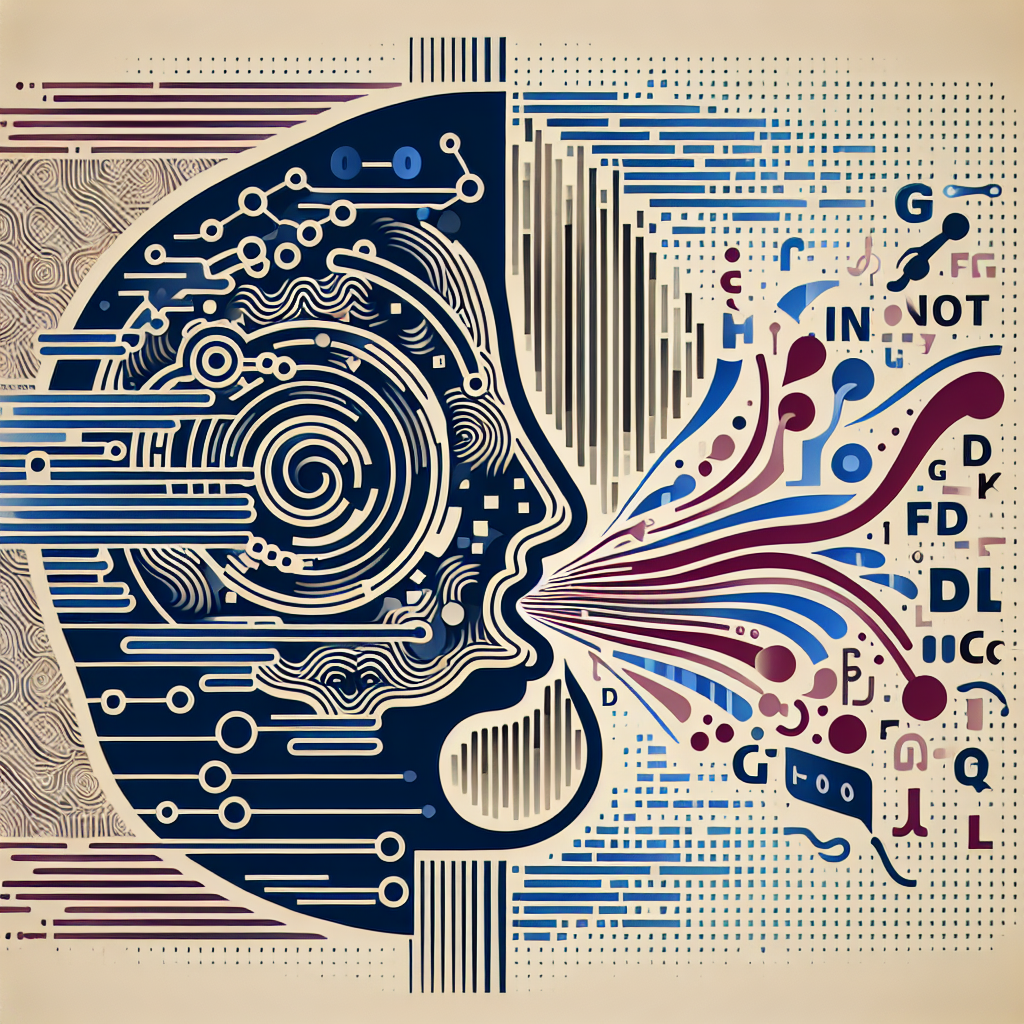Natural Language Processing (NLP) for Speech Recognition
Natural Language Processing (NLP) is a field of artificial intelligence that focuses on the interaction between computers and humans through natural language. One of the key applications of NLP is speech recognition, which allows computers to understand and interpret spoken language. This technology has made significant advancements in recent years, enabling more accurate and reliable speech recognition systems.
Speech recognition systems use a combination of NLP techniques, machine learning algorithms, and deep learning models to convert spoken language into text. These systems can be found in a wide range of applications, from virtual assistants like Siri and Alexa to transcription services and voice-controlled devices.
How Does NLP Work for Speech Recognition?
NLP for speech recognition involves several key steps that allow computers to understand and interpret spoken language. Here is an overview of the process:
1. Audio Input: The first step in speech recognition is to capture the audio input, which is typically done using a microphone. The audio input is then converted into a digital signal that can be processed by the computer.
2. Preprocessing: The audio signal is preprocessed to remove any background noise or distortions that may affect the accuracy of the speech recognition system. This step is crucial for ensuring that the system can accurately transcribe the spoken language.
3. Feature Extraction: The next step involves extracting relevant features from the audio signal, such as the frequency and amplitude of the sound waves. These features are used to train machine learning models and improve the accuracy of the speech recognition system.
4. Language Modeling: Language modeling is a key component of NLP for speech recognition, as it helps the system understand the structure and grammar of the spoken language. This involves analyzing the sequence of words and phrases in the audio input to predict the most likely words or phrases that were spoken.
5. Speech Recognition: The final step is the actual speech recognition process, where the system converts the audio input into text. This is done using machine learning algorithms and deep learning models that have been trained on a large dataset of audio recordings and transcriptions.
Benefits of NLP for Speech Recognition
NLP has revolutionized the field of speech recognition, making it more accurate, reliable, and efficient. Some of the key benefits of using NLP for speech recognition include:
1. Improved Accuracy: NLP techniques have significantly improved the accuracy of speech recognition systems, making them more reliable for a wide range of applications.
2. Enhanced User Experience: NLP allows for more natural and intuitive interactions with computers through spoken language, providing a more user-friendly experience for users.
3. Increased Efficiency: Speech recognition systems powered by NLP can transcribe audio input much faster than traditional methods, saving time and improving productivity.
4. Accessibility: NLP for speech recognition has made technology more accessible to individuals with disabilities, allowing them to interact with computers through spoken language.
5. Scalability: NLP techniques can be easily scaled to handle large volumes of audio data, making them ideal for applications that require real-time transcription or analysis.
FAQs
Q: How accurate are speech recognition systems powered by NLP?
A: The accuracy of speech recognition systems can vary depending on the quality of the audio input, the language model used, and the training data. However, NLP has significantly improved the accuracy of speech recognition systems, with some systems achieving near-human levels of accuracy.
Q: What are some common applications of NLP for speech recognition?
A: Some common applications of NLP for speech recognition include virtual assistants, dictation software, transcription services, voice-controlled devices, and language translation services.
Q: How does NLP help improve the user experience of speech recognition systems?
A: NLP techniques allow speech recognition systems to better understand and interpret spoken language, making interactions with computers more natural and intuitive for users. This improves the overall user experience and makes technology more accessible to a wider range of users.
Q: What are some challenges of using NLP for speech recognition?
A: Some challenges of using NLP for speech recognition include handling accents and dialects, recognizing speech in noisy environments, and accurately transcribing complex or technical language. However, ongoing research and advancements in NLP are helping to overcome these challenges.
In conclusion, Natural Language Processing (NLP) has revolutionized the field of speech recognition, making it more accurate, reliable, and efficient. By leveraging NLP techniques, machine learning algorithms, and deep learning models, speech recognition systems can accurately transcribe spoken language and provide a more user-friendly experience for users. With ongoing research and advancements in NLP, we can expect to see even greater improvements in speech recognition technology in the future.

